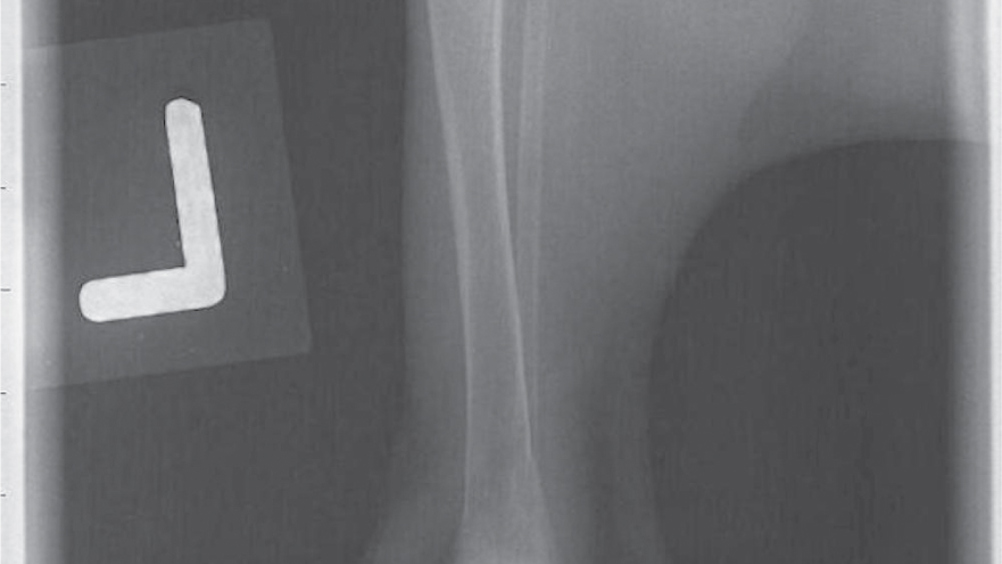References
Nutrition for kittens

Abstract
Nutritional requirements were set for dogs way back in 1971 by the National Research Council, with cats' needs going broadly unrecognised and certainly undifferentiated from those of dogs until 1986. However, the nutritional requirements of cats are very different from dogs in all stages of life, from pregnancy through lactation, their rapid growth period and throughout the remainder of their lives. This article looks in depth at each different stage of growth, noting some of the specific nutritional peculiarities of cats and provides important information to allow veterinary staff to make informed feeding recommendations to kitten owners.
Before looking in detail at the growth stages of kittens, it is important to understand some of the specific nutritional peculiarities of the cat. While dogs are omnivorous, cats are obligate carnivores and must have a meat-based diet (Grandjean, 2006). However, this is due to their dentition (Bradshaw, 2006), and does not mean that they cannot digest carbohydrates; indeed, a 2008 study by de-Oliveira et al proved that cats can efficiently digest processed carbs almost as effectively as dogs. Surprisingly, a review by Knight and Leitsberger (2016), concluded that it is possible for adult cats fed a vegetarian or even vegan diet to thrive, provided that the diet be checked as complete and balanced. However, it should be noted that the long-term health of the cats was not examined and many of the opinions regarding pet health were the subjective view of the cat owner. Additionally, their conclusion is at odds with long-established understanding of cats' absolute need for taurine — from meat or fish sources — in their diet, deficiencies of which can cause retinal degeneration and heart failure (Hayes, 1982; Novotny et al, 1994). It should also be noted that the British Veterinary Association does not recommend feeding a vegan or vegetarian diet to cats.
Register now to continue reading
Thank you for visiting The Veterinary Nurse and reading some of our peer-reviewed content for veterinary professionals. To continue reading this article, please register today.

